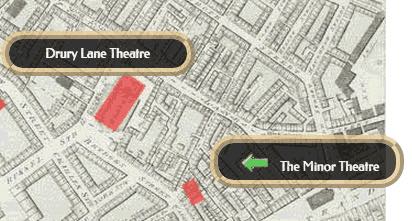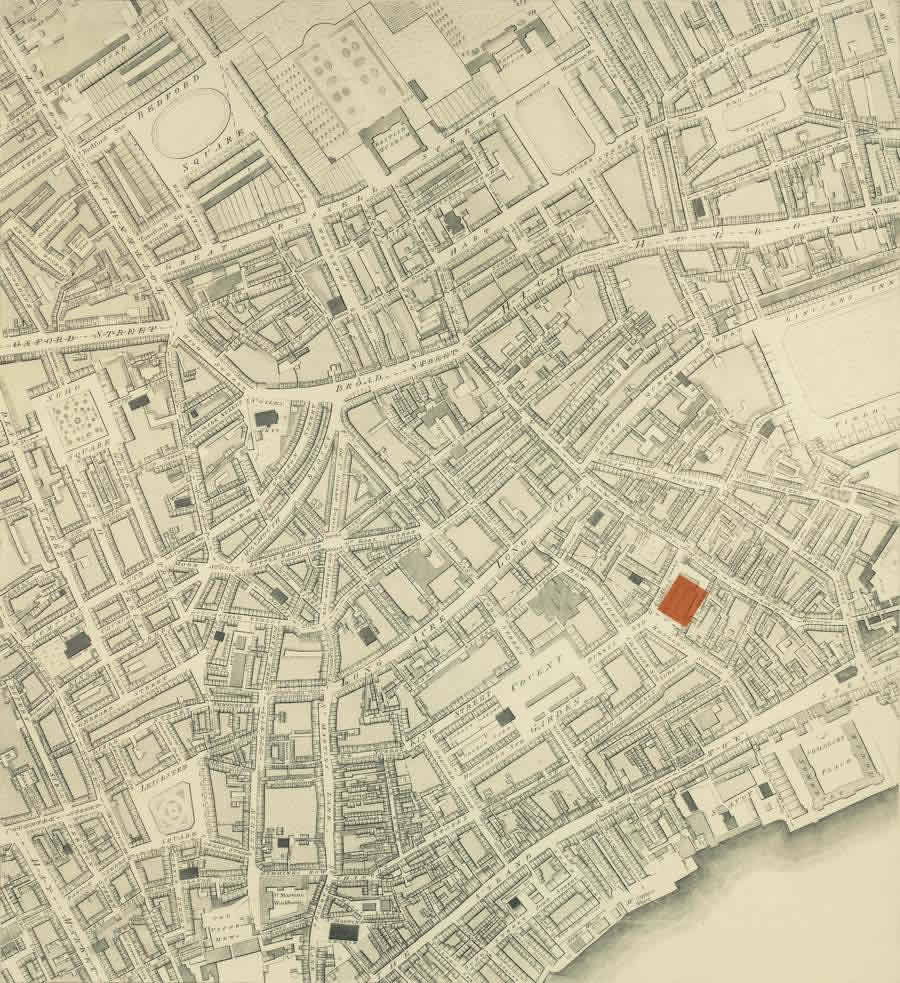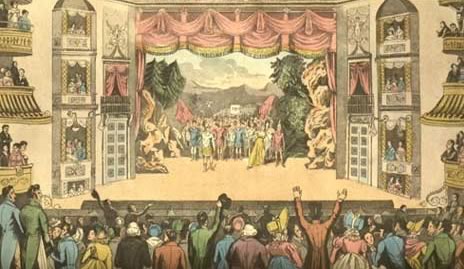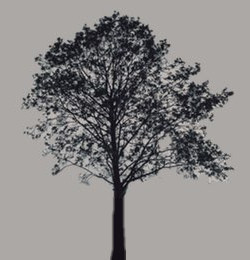26 December 1817: Harlequin’s Vision & Philosophical Directions: Kean, Shakespeare, & Wordsworth
Drury Lane Theatre, London


Keats has seen Edmund Kean, perhaps the premier (and certainly the most controversial) actor of the era, perform the title role Shakespeare’s Richard III on opening night, 15 December, at Drury Lane Theatre.
Keats reports in a letter that Kean acted finely
(letters, 21 Dec 1817), and he
discusses Kean with other friends over the next few days. On 21 December, his review
of Kean
appears in The Champion, where he stands in as reviewer for
his friend, John Hamilton Reynolds, who is out
of town in Devon. For the review, Keats also draws upon other performances of Kean
he has
seen. Keats sees at least part of the play again on 12 January 1818.
On 26 December, Keats sees the play (pantomime) Harlequin’s Vision with his very good friends Charles Armitage Brown and Charles Wentworth Dilke, also at Drury Lane Theatre. Keats’s review of the play (and of Retribution, as well—likely seen 1 Jan 1818, at Covent Garden) appears in The Champion, 4 January 1818.
Keats late this month begins to formulate a poetics in his letters that, in about
a year,
lead to some definite, and perhaps stunning, changes and leaps in the quality and
character of
his poetry. One of Keats’s pivotal conclusions (apparently arising first in discussion
with
Dilke) connects with his emerging ideas about superior literary achievement: that
the
excellence of every Art is its intensity, capable of making all disagreeables evaporate,
and that with a great poet the sense of Beauty overcomes every other consideration, or
rather obliterates all consideration.
Keats feels this is exemplified by Shakespeare,
and is exampled in Shakespeare’s King Lear (letters, 21/27 Dec). Although thinking and feeling are
conflicting or even contrary states of human behavior and experience, it is nevertheless
possible to represent these poetically—as both beautiful and therefore true. To be
embraced
are those disagreeables,
all those uncertainties, Mysteries, doubts
—the
quality
forms a Man of Achievement especially in Literature.
Keats secures
this aspirational quality Keats secures in a single, memorable term, Negative
Capability. [For a more full treatment of Keats’s letter that describes his
arrival at Negative Capability, go to 27 December 1817.]
Here, then, as mentioned, Keats by name celebrates the nature of Shakespeare’s achievement—he, writes Keats, is the one who
possesses these qualities so enormously.
But Keats also momentarily brushes up against
William Wordsworth’s territory—poetry as
philosophy, philosophical poetry. We glimpse this when, in analyzing Kean’s intense
and
ranging acting style, Keats, notes that Wordsworth, too, feels his being
deeply. But
the poetic problem for Keats will be how not to channel such depth through a dominating,
lyrical subjectivity—what Keats ten months later will more exactly term the wordsworthian
or egotistical sublime
(letters, 27 Oct 1818). Keats thus desires poetry as deep and
searching of nature and the human condition as Wordsworth, and his underlying model
almost
certainly springs from Wordsworth’s seminal poem, Tintern
Abbey. But how can he, following Wordsworth, likewise see into the life of
things
(Tintern Abbey, line 50)? How can he fathom and
poetically represent what Wordsworth calls the burthen of the mystery
(line 39) without
employing a legislating poetic subjectivity, one that displays both personal and locational
history? Keats will only be able to poetically manifest answers to these questions
in his
poetry of 1819, and most strikingly in To Autumn, which is his version of the
Wordsworthian seeing-into-the-life-of-things. Keats’s great poem (perhaps greatest
poem) looks
out in the landscape and does indeed see into it, into its eternal, beautiful qualities
that
connects the stilled movement of all things, holding, at once, and with embraced tranquillity
and subtle sensuality, intimations of life and death. And he does so without that
legislating
Wordsworthian I.


